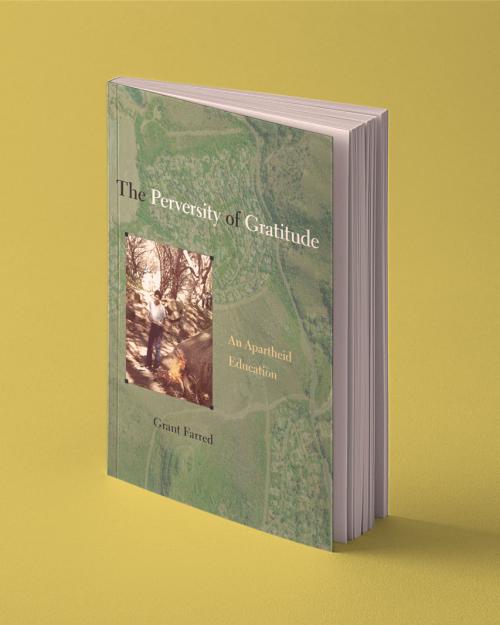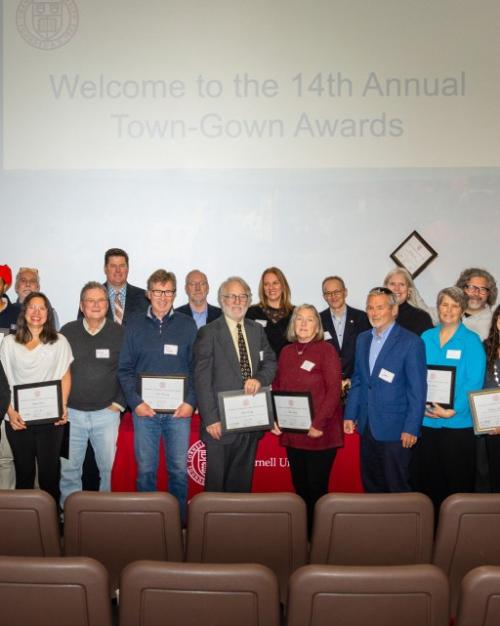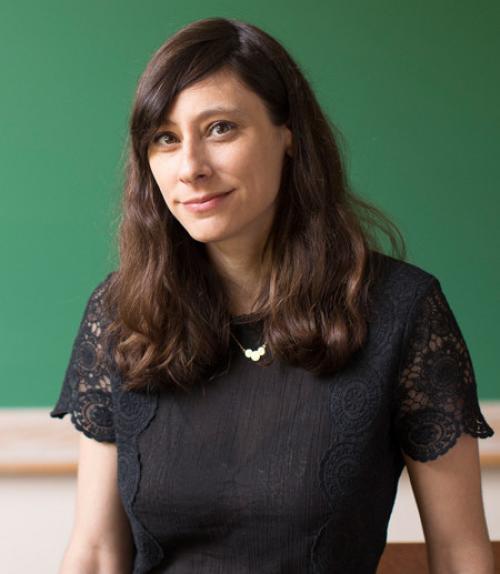Animals, neuroscience, consciousness and medicine: Associate Professor of English Elisha Cohn’s interests range far and wide, all seen through the lens of narrative, her driving passion.
Cohn’s specialty is Victorian literature, because, she says, “it was the first period that consistently saw itself as modern and tried to theorize its own values and its own moment. There’s a great sort of pathos to their enchantment with trying to know everything.”
Her book project, “Animal Lives in the English Novel,” examines the role of animals in 19th and 20th century narrative. We tend to think of animals as experiencing their selfhood very differently from us, says Cohn, but how might our thinking about consciousness change if it’s not centered exclusively around humans?
Her other project, “Victorian Brain, Neuroscience and the Novel,” examines the history of neuroscience and consciousness. She’s interested in drawing connections to accounts of neurology and to cultural critiques of neurological explanations. She’s also intrigued by the debate over neurological vs consciousness-based explanations for how our minds work. “Are those things really in some kind of opposition?” she asks. “I see the middle as a much richer place.”
Research on this project led Cohn to some unexpected places. “I was totally floored when I realized that Oscar Wilde was the first person to represent the neuron in fiction,” she says. His representation of the neuron as a beautiful object – a collectible like his other collectibles – inspired Cohn to look at the 19th century’s attempts to conceptualize microbiological and even inorganic material as beautiful. “It turned out that was a very strong trend in the late 19th century, to try to beautify or aestheticize what we can’t see,” she explains.
Another aspect of 19th century aestheticism was the topic of Cohn’s book, “Still Life: Suspended Development in the Victorian Novel,” which considers how states of reverie and trance shaped aesthetic forms (Oxford University Press 2015).
Cohn began at Cornell in 2011 as the Dick and Dale Reis Johnson Faculty Fellow, a Sesquicentennial Faculty Fellow. “Cornell has been a wonderful fit for me because it has such a diverse student body, with students who are interested and expert in so many different kinds of things and so intellectually curious,” says Cohn. “The openness of students here to learn things that are new has been really impressive.”
Collaboration and interdisciplinarity are important to Cohn; she’s hoping to teach in the new cross-college environment and sustainability major offered through the College of Arts and Sciences and the College of Agriculture and Life Sciences. This fall she’s teaching an ecocriticism graduate course that looks at how the Victorian way of thinking about their experience with coal helped form how we now think about climate. “Might there be strategies relevant for us in our literary past?” she asks.
Bringing students from around the university together was a key goal when Cohn designed her class on literature and medicine. “People practicing medicine benefit from a humanistic point of view,” she says. “We’ve known for a long time that English majors, for instance, are very attractive candidates to medical schools. It’s not just because of the writing skills, but also because of the interpretive skills and the sensitivity to nuance and the willingness to imagine the lives of others, that comes with a literary training.”
The course grapples with fundamental issues in the medical humanities, such as how to represent pain in language – what are the pitfalls of using metaphorical language to describe suffering? The class also looks at the ethical obligations and cultural prestige accorded to doctors, and how literary writers interact with medical practitioners.
“Medicalizing sex” is another of the topics covered. “We think about the ways in which sex difference has been treated as a medical phenomenon and pathologized by the medical establishment,” she explains. “Is this even a medical issue, and what are the rights of each person to tell the stories of their own bodies?” The final topic covered by the class, plague narratives, examines the military imagery used to talk about fighting and preventing the transmission of disease, and how it can be stigmatizing.
Cohn makes a point of offering assignments that allow students to reflect experientially on the material, not just through analytical essays. One student created an accordion-folded painting; another an entire issue of the Cornell Daily Sun, complete with ads, about a fictional plague outbreak at Cornell. “It was a huge project,” says Cohn. “She went into great detail about what the response would be, who would be in charge, what kind of language people would use to reflect on it.”




